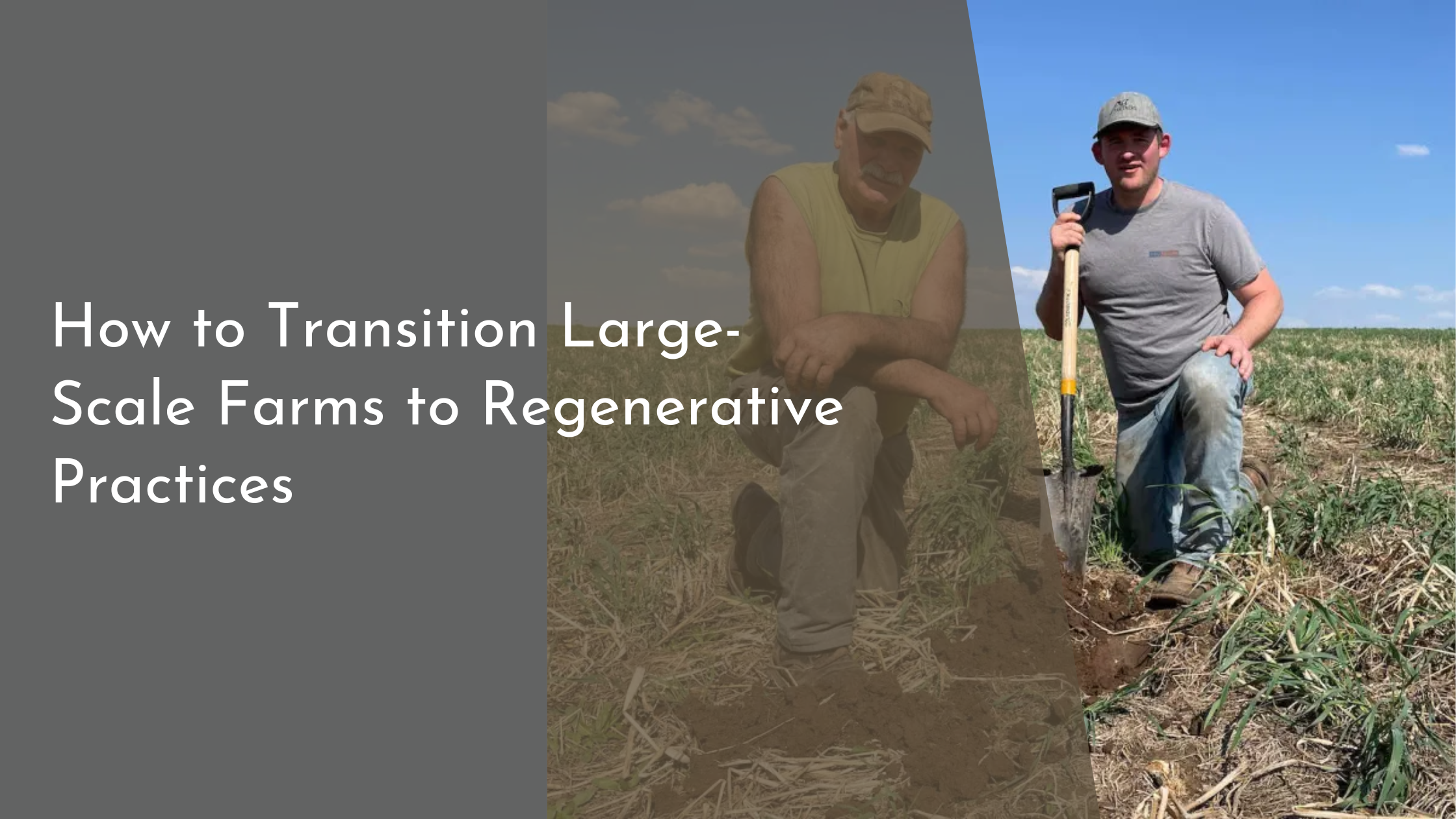How to Transition Large-Scale Farms to Regenerative Practices
In recent years, the agricultural industry has witnessed a growing demand for more sustainable and eco-friendly farming practices. Regenerative agriculture has emerged as a promising solution, aimed at not only maintaining but enhancing the health of the soil, ecosystem biodiversity, and the livelihoods of farmers. Transitioning large-scale farms to regenerative practices may seem daunting, but with careful planning and execution, it can lead to improved yields, healthier soil, and a more resilient farming operation. This article will guide you through the essential steps of transitioning large-scale farms to regenerative practices.
Understanding Regenerative Agriculture Basics
Regenerative agriculture is a conservation and rehabilitation approach that focuses on regenerating topsoil, increasing biodiversity, improving the water cycle, and enhancing ecosystem services. At its core, regenerative agriculture goes beyond merely sustaining the land; it seeks to restore and improve it. This approach encompasses a variety of practices, including crop rotation, intercropping, agroforestry, and holistic grazing management. By emphasizing soil health and biodiversity, regenerative agriculture aims to create a farming ecosystem that is both productive and sustainable for the long term.
For farmers unfamiliar with regenerative agriculture, it is important to grasp its foundational principles. These include minimizing soil disturbance, keeping the soil covered with living plants, maintaining a diversity of plant and animal species, and integrating livestock in ways that mimic natural ecosystems. By understanding these principles, farmers can begin to view their land as a living entity, recognizing the complex interconnections between soil, plants, animals, and human activity. Education and training are crucial first steps in this transition, equipping farmers with the knowledge and skills necessary to implement regenerative techniques effectively.
Assessing the Current Farm Practices
Before embarking on the transition to regenerative practices, it’s crucial for farmers to conduct a comprehensive assessment of their current farm operations. This assessment involves evaluating soil health, current crop and livestock management techniques, water usage, and the overall ecological impact of existing practices. Soil testing can provide insights into nutrient levels, compaction, and organic matter content, which are essential for tailoring regenerative strategies to the farm’s unique conditions. Understanding the starting point is key to identifying areas that need improvement and setting realistic goals for the transition.
Engaging with agronomists, soil scientists, and other agricultural experts can be invaluable during the assessment phase. They can offer guidance on interpreting soil tests and assessing other farm metrics, such as biodiversity levels and carbon sequestration potential. By gathering data and expert opinions, farmers can create a detailed baseline for their operations, which will inform the development of a tailored transition plan. This plan should prioritize practices that will yield the most significant benefits while considering the farm’s specific environmental conditions and economic constraints.
Implementing New Regenerative Techniques
Once the assessment is complete, farmers can begin implementing regenerative techniques at a pace that suits their operation. Cover cropping is a popular starting point, as it provides numerous benefits such as reducing soil erosion, enhancing soil fertility, and increasing water retention. Introducing diverse cover crop species can rejuvenate soil biology by feeding a variety of soil organisms and improving nutrient cycling. Additionally, integrating no-till or reduced-till practices can help maintain soil structure and preserve the organic matter established by cover crops.
Another key aspect of implementing regenerative techniques is the integration of livestock. Managed grazing practices, where livestock are rotated systematically across pastures, can stimulate plant growth and promote soil health through natural fertilization. This symbiotic relationship between animals and the land helps build resilient ecosystems and can lead to increased productivity over time. Farmers should consider gradual changes to their operations, starting with small pilot projects or incremental adjustments, to monitor the impact and refine their approach as needed.
Monitoring Progress and Results
Monitoring progress is a critical component of transitioning to regenerative practices, as it allows farmers to track improvements and identify areas that may need adjustment. Establishing key performance indicators (KPIs) such as soil health metrics, biodiversity levels, crop yields, and economic returns can provide a structured framework for evaluating success. Regular soil testing, biodiversity surveys, and yield analysis can offer tangible data to support the transition process and highlight the benefits of regenerative practices over time.
Feedback loops are essential for continuous improvement. By analyzing the data collected, farmers can fine-tune their practices, explore new techniques, and make informed decisions. Collaborating with other regenerative farmers and participating in networks or cooperative groups can also provide valuable insights and shared experiences. Celebrating successes, however small, reinforces the positive impacts of regenerative agriculture and motivates ongoing dedication to the principles that sustain and rejuvenate both the land and farming communities.
Transitioning to regenerative agriculture is a journey that requires commitment, patience, and a willingness to adapt and learn. By understanding the principles of regenerative agriculture, carefully assessing current practices, and systematically implementing new techniques, farmers can transform their operations into sustainable and resilient enterprises. Through diligent monitoring and collaboration, the rewards of regenerative practices—enhanced soil health, increased biodiversity, and improved economic viability—become tangible, paving the way for a thriving future in agriculture. Embracing regenerative agriculture is not just a change in practice; it’s a commitment to nurturing the land for generations to come.


